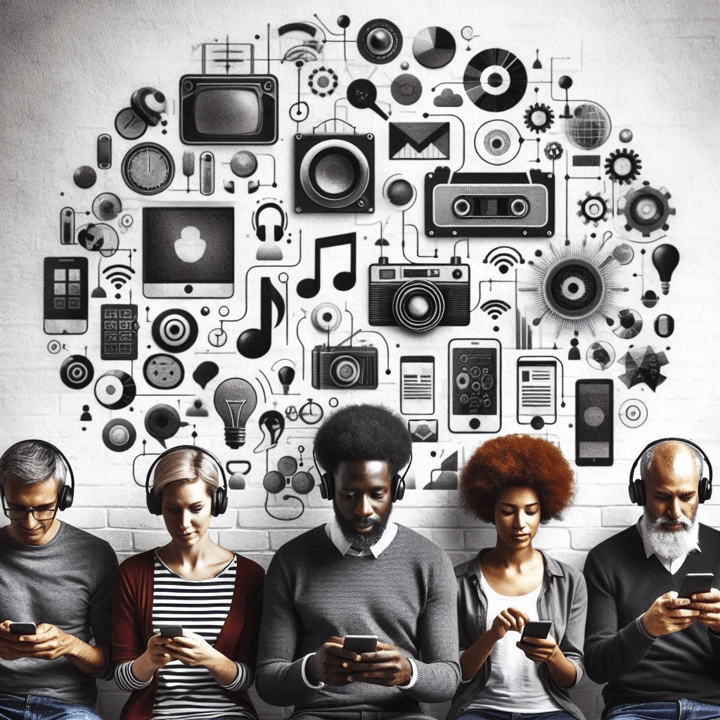
If your first job in radio was in 1980, 2008, or earlier this year, you know not everyone gets to be on the radio.
I’m not talking about talent necessarily because to work in radio is still a special opportunity. There is no limit on how many fast food restaurants there are in America or how many dentists have their own practices.
In broadcast radio there is a limit to the number of licensees entrusted to owners charged with serving their communities. The FCC grants these licenses, allowing only a relatively small number of people access to the airwaves. That comes down to 15,000 or so stations of various types, sizes, and markets.
If you’re lucky enough to be employed by one, you know just a handful of voices actually get to be heard. Interestingly, a lot of other companies – among them Spotify, Amazon, and Apple – have all spent time and unknown amounts of money “playing radio” on their various platforms. Even the reach of SiriusXM pales in comparison to broadcast radio’s still-giant footprint in the U.S.
It is broadcast radio’s history, legacy, and track record that keeps the medium vibrant today. True, American radio is in the crosshairs, challenged by new media competition, hopefuls, and wannabes. That puts more pressure on broadcasters to compete in this rapidly changing marketplace.
In some cases, broadcasters have held those licenses for a long time. And over the years, we all remember hearing strong performances and great radio – memorable entertainment that kept us company, news and information that kept us up to date especially during disasters and emergencies, brilliant sports coverage that painted pictures with words, while also providing vital public service and a sense of community with the cities and towns of license.
That mindset and mission are still in place today, but memories are fading. Radio today is a very different animal than it was in the past, fulfilling different needs, while trying to re-establish its place in the new hierarchy. As the competition has fragmented and multiplied, broadcasters will have to work even harder to maintain their diminishing dominance.
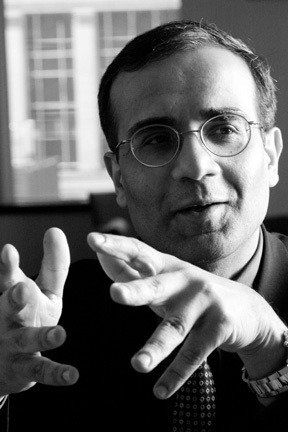
As Rishad Tobaccowala (pictured) reminds us, “The future does not fit in the containers of the past.”
Over the last several and tumultuous years, radio operators have learned some of these lessons the hard way. And the schooling is far from over. The digital juggernaut has made steady progress during this new century/millennium. Then along came COVID, and now AI, and we’re talking about unprecedented tectonic shifts in the way millions of consumers prioritize, choose, and access the media consumer.
I’ve heard some say disruption of radio is overrated; that much of the industry’s current problems are due to unforced errors. If you’re in broadcast radio today, you have my permission to take exception to that. Yes, radio operators may not have made all the right moves, but conditions on the ground have been especially rocky.
Microsoft has been one of the game changers during the past several decades. Just about all of us use their products, whether it’s a PC or software like Word, PowerPoint, Excel, or Outlook. And in more recent years, Microsoft has shifted its business to the cloud, deftly adapting to changing times.
It wasn’t always this way. Back in the mid-2000s, they were repositioned – especially by Apple – as the bumbling, lethargic tech company that couldn’t keep up. Those comparative TV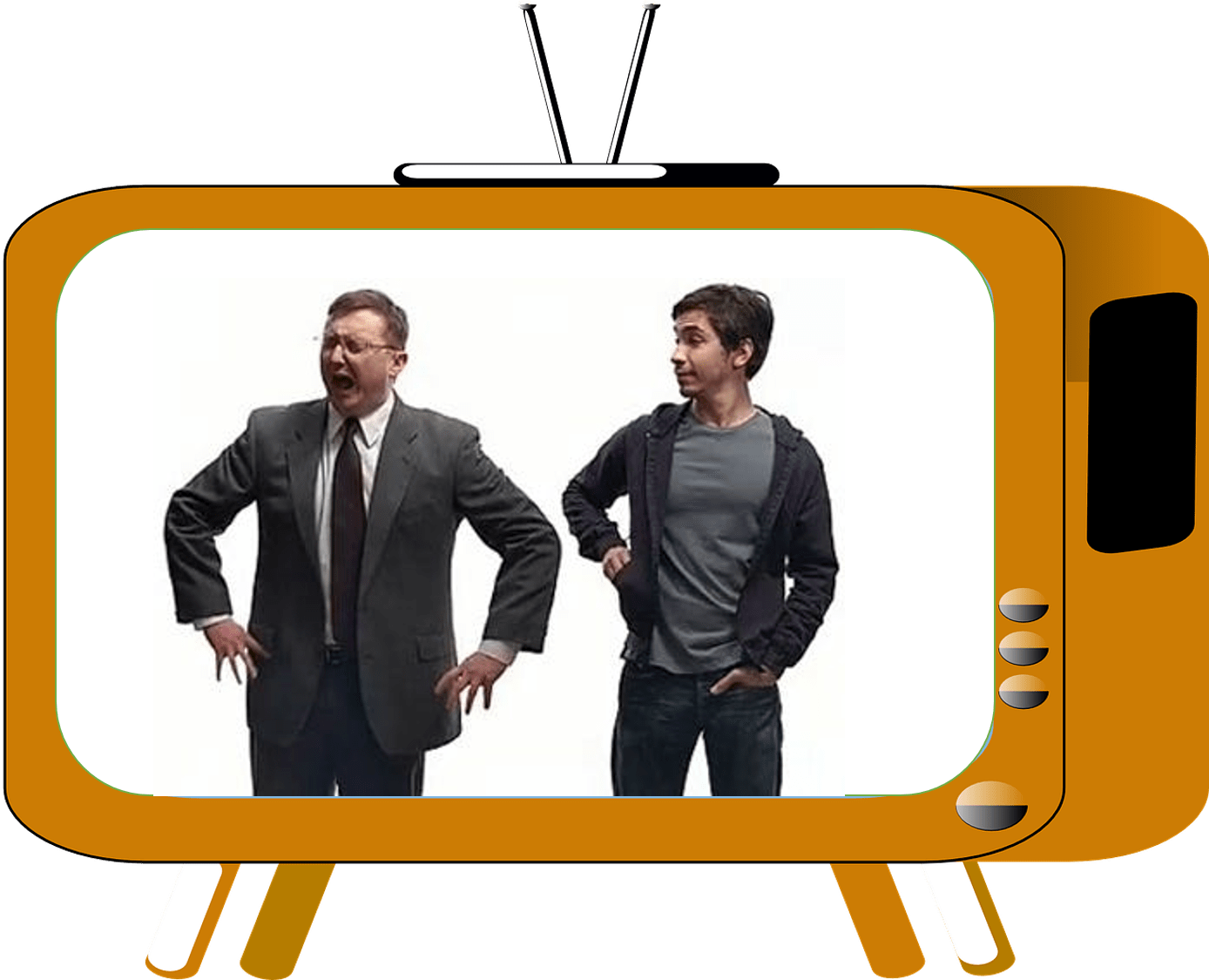 ads featuring the personifications of Microsoft (slovenly and slow) versus Apple (hip and innovative), perceptions that stuck.
ads featuring the personifications of Microsoft (slovenly and slow) versus Apple (hip and innovative), perceptions that stuck.
Today, those images are in the rearview mirror. Microsoft have been especially active in AI, owning a significant piece of Open AI, the company that brought ChatGPT to our laptops, desktops, tablets, and smartphones. And innovation in AI create almost daily shifts in how these engines impact our lives, our work, and our future as a society.
These days, Microsoft has leapt ahead of Apple in many ways, especially AI. In fact, it’s taken the Cupertino team until last month to finally figure out what to do about artificial intelligence. As you’ve no doubt heard, their spin on the technology is called “Apple Intelligence.” And it’s powered by ChatGPT.
Microsoft’s CEO Satya Nadella gets much of the credit for the company’s turnaround, and their operating philosophy. He’s been running the company for a decade, morphing Microsoft from a dysfunctional tech laggard into a strong, robust success.
Fortune notes Microsoft has navigated four seismic shifts over the past few decades: PCs to the web, mobile, cloud computing, and now, AI.
You would think Microsoft would be on top of this world. But as the story points out, Nadella is a 30+ year veteran of the company, knowing full well how tough these transformations were.
Occupying the cover of Fortune, Nadella is not one to rest on his laurels, citing urgency and paranoia as leading emotions while gazing at the future. You’d hope broadcasters would share both of these sentiments.
Here’s the money quote for Nadella that not only summarizes how he perceives Microsoft’s future, but also words that sum up how all of us should be feeling about our organizations:

Microsoft is indeed set up for whatever’s next, investing a mere $13 billion in OpenAI ensure the company occupies prime space on the ground floor of this technology.
And still, there is much unknown about what shape AI will take, and how Microsoft will be perceived by a public increasingly jaded by corporate America, including “big tech.”
Sweating these details, making sure his company “is a force for good in the communities it operates” fuels Nadella’s judgmental view of the company he runs.
“When the paradigm shifts, do you have something to contribute?” he asks.
“Because there is no God-given right to exist if you don’t have anything relevant.” https://t.co/bCMH7euHIf— Chinny Chukwudozie (@jbernec) June 6, 2024
Isn’t it ironic a person of Nadella’s status is sweating his company’s relevance at this point in his career? But he’s seen so much change he knows Microsoft better be scrapping if it’s going to sustain or grow in this rapid-fire environment.
What does it mean to stay relevant in broadcast radio? That’s the question I’ve been pondering since Tom Bender, my former boss and mentor, sent me the Nadella quote. As always, Tom didn’t “lead the witness.” He simply dropped Nadella’s nugget on me, and didn’t have to say anything else; that I’d put together my own thoughts and what it means and why. And I invite you to do the same.
It is becoming increasingly more challenging to contribute in radio for all the reasons you know. Resources have been depleted, everyone’s out of bandwidth, and the media market is undergoing cataclysmic change. Of course, that’s all the more reason why innovation, risk-taking, and looking for new ways to retain relevancy are more important than ever.
At Jacobs Media, you know how we’re trying to attack this tall order, whether it’s our national Techsurvey studies designed to track trends (and hopefully, identify new ones), our CES sojourns, and our new AI initiative where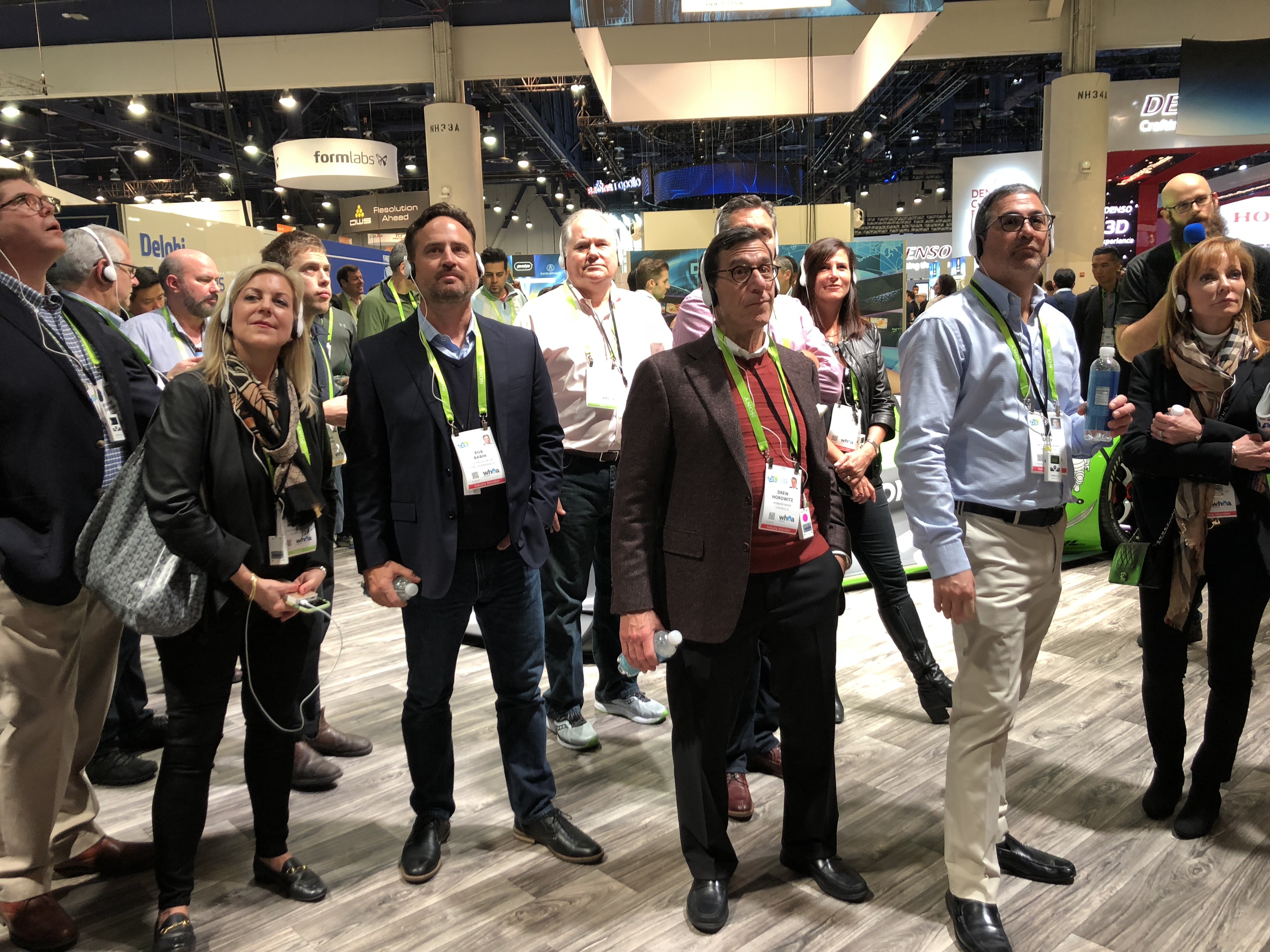 we’re trying to help broadcasters make sense of this technology and apply it where appropriate.
we’re trying to help broadcasters make sense of this technology and apply it where appropriate.
We’re going to need every ounce of critical thinking, creativity, and cleverness if we’re going to help broadcast radio to get over the transom and reach the other side. When I consider Nadella’s quote, I think of the struggles we’re endearing in broadcast radio during this challenging time. Our quest for relevance needs to be relentless and bold. There’s no room for mailing it in or checking off the familiar boxes.
If you’re still trying to make your mark in radio, more power to you. I would encourage all of you – at whatever level – to always look for that innovation piece and to get out of our “cheese rooms,” as author Spencer Johnson exhorted us back in the late ’90s.
Of course, then there’s the bold move of leaving the familiar confines of your “cheese room” – a.k.a. radio – altogether. This takes a certain level of chutzpah, courage, and cajones – not necessarily in that order. As I thought about Nadella’s challenge, I thought of three of my best friends who have boldly done just that – and are making it work. Their strong desire to measure the media world as it exists today and establish their relevance in this new environment is inspirational but also daunting. All three have paid the price – in time, resources, and mental energy.
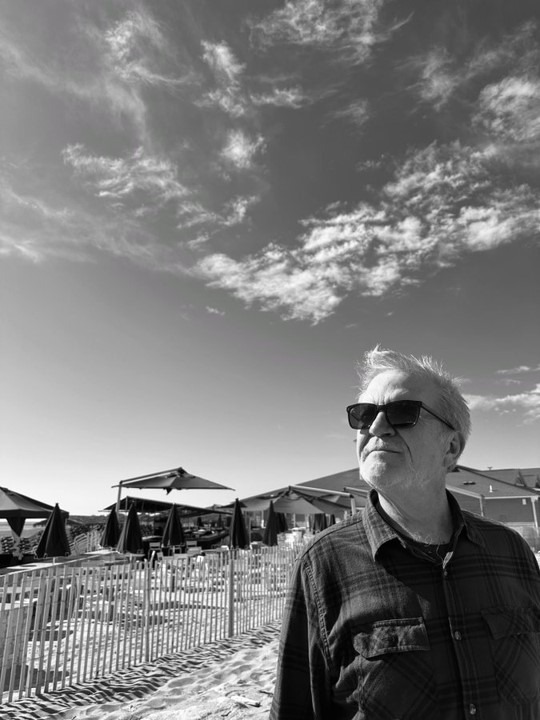
The first is Buzz Knight (pictured), renowned radio programmer and executive for companies that included Infinity, Greater Media, and Beasley. A few years ago, Buzz was in search of his relevancy in the midst of disruption. And while walking the streets of Chicago and Morning Show Boot Camp, it hit him – a podcast where he’s “takin’ a walk” with the interesting and famous. After a pivot, his Takin’ A Walk podcast decided to major in musical artists of note. And Buzz was off to the races.
In the past couple years, Buzz has takin’ a walk – live and virtually – with some of the biggest, best, and coolest music makers on this planet. He has an disarming way to get these music creatives to say interesting stuff. And now, a second podcast, Music Saved My Life, is also “available wherever you get your podcasts.” 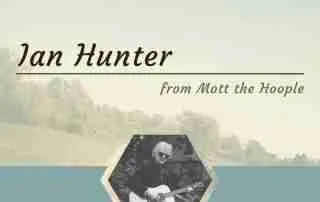
Premiere now distributes Takin’ A Walk, and Buzz is watching his podcast climb the charts. There’s a lot more ground to cover, and Buzz knows it’s still the early innings for his podcast career. But as Lee Abrams is no doubt mouthing, “A.F.D.I.,” and Buzz is the poster boy.
Then there’s my friend and compadre Steve Goldstein (pictured below), brilliant programmer for ABC and Cap Cities, before joining then-burgeoning Saga Communications where he led that group’s programming and marketing efforts for decades. And then Steve saw the “next wave” – podcasting, of course. And soon, Amplifi Media was born.
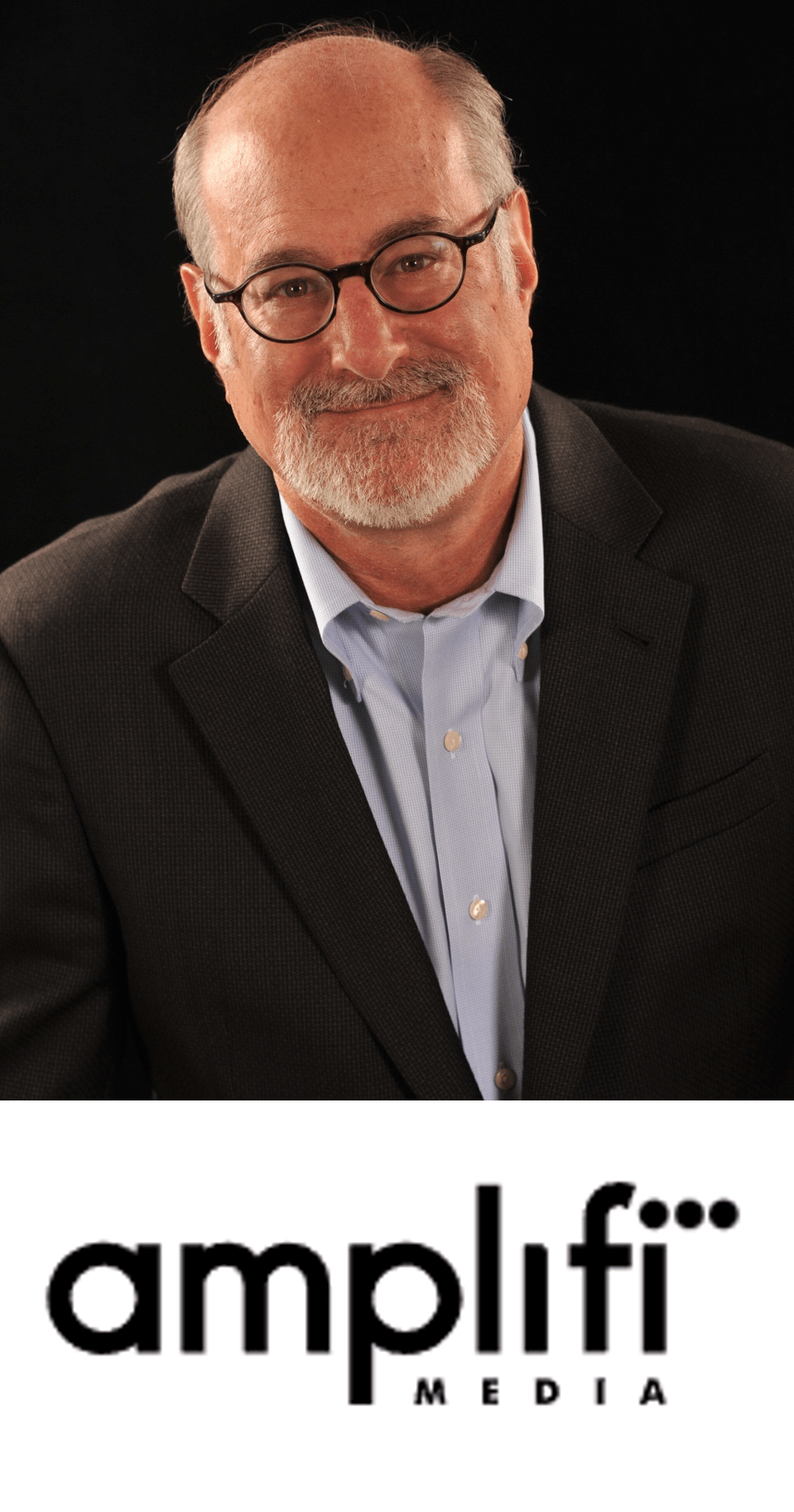 A number of years ago, Mike McVay introduced Steve as the “Prince of Podcasts,” and I most certainly couldn’t have picked a better moniker. Steve understands the business, the backend, and the brilliant potential of the podcast industry. He’s rapidly emerged as an industry leader in this space, owning a prominent position at Podcast Movement and other industry gatherings, all the while, writing a smart, incisive newsletter blog, the “Amplifi Thought Letter.”
A number of years ago, Mike McVay introduced Steve as the “Prince of Podcasts,” and I most certainly couldn’t have picked a better moniker. Steve understands the business, the backend, and the brilliant potential of the podcast industry. He’s rapidly emerged as an industry leader in this space, owning a prominent position at Podcast Movement and other industry gatherings, all the while, writing a smart, incisive newsletter blog, the “Amplifi Thought Letter.”
If you’re a company looking to get smarter and more strategic in the podcast space, you call Steve. Not bad for a guy who just a decade ago was sorting music tests, building clocks, and airchecking DJs. In addition to the head chef and bottle washer at Amplifi Media, Steve now teaches a course about – what else? – the business of podcasting at some college named NYU. How’s that for relevance.
Steve has “moved his cheese,” bringing that much-needed “brilliant at the basics” to the podcasting industry.
And finally, there’s Dave Beasing (pictured), one of the most creative programmers and marketers I’ve had the pleasure of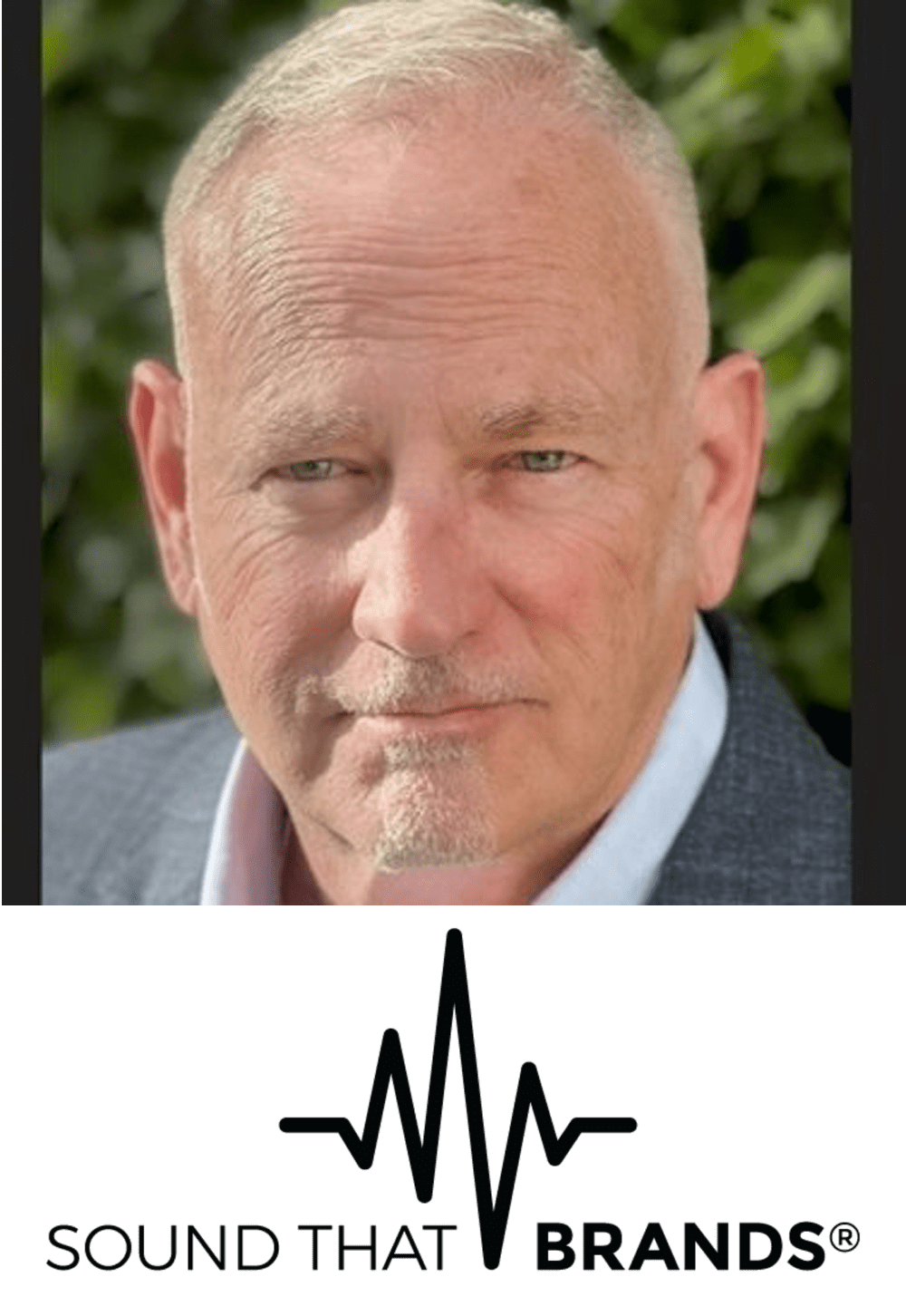 working with. Dave has been an accomplished programmer known back in the ’90s for his work with Viacom in Detroit and Los Angeles (KYSR – Star), before joining Jacobs Media to lead our Alternative format.
working with. Dave has been an accomplished programmer known back in the ’90s for his work with Viacom in Detroit and Los Angeles (KYSR – Star), before joining Jacobs Media to lead our Alternative format.
Dave distinguished himself as a consultant and format leader, but had the yearn to try his hand at programming again. His “Mission: Impossible?” Sign on a stand-alone Triple A station in L.A. for Bonneville in the heart of the Great Recession. Crazy, right?
A format pivot took KSWD – the Sound – into the netherworld of Classic Rock where Dave’s efforts helped build a legendary, vibrant brand in a few short years, a station people still talk about – and pine over – today.
And that’s when Dave jump-shifted to not just podcasting, but branded podcasting, a unique derivative of the medium. Dave’s company, Sound That Brands, is headquartered in a converted garage in his home of Studio City, California, where his elixir of great programming, catchy production, and compelling storytelling have helped him build an impressive franchise.
Among others, Sound That Brands has done work for AAA Motor Club, Pepsi, Mattress Firm, Condé Nast, Apple TV+, HBO and the company discreetly produces a podcast for “the most-listened-to branded podcast for a popular grocery chain.”
I’m intensely proud of all three of these guys, radio people who are living Satay Nadella’s charge – creating relevance in the new world of media.
I’d love to hear from you with other examples of folks doing it inside/outside radio.
Thanks to Tom Bender, of course. – FJ
- Media And Technology In 2025: Believe It Or Not! - April 18, 2025
- In Radio, You Just Never Know - April 17, 2025
- The Secret To Making A Great Podcast (And Great Radio) - April 16, 2025




This month I’ll be actively involved for 58 years in commercial radio with TV and non-commercial along the way. Lots learned to apply with new technology. It’s how you arrange the beans, content and people. Still opportunity when licensees allow and encourage. Great Radio Ahead. Happy 4th and God Bless America.
Thanks for this, Clark, and for arranging those beans.